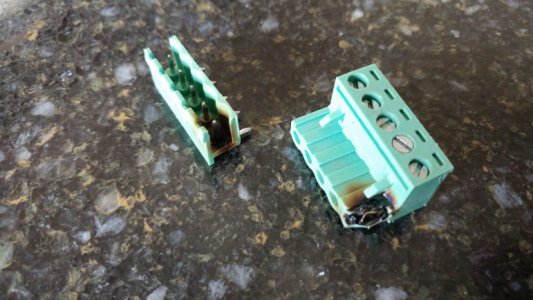No excuses here, I'm running all 20A outlets, rated wire, and breakers on my 110v circuits, but why isn't it a good idea to run a 20A receptacle on a 15A circuit? I get that someone could plug a 20A appliance in, thinking it's a 20A circuit, and heat up the breaker and/or wiring. But aside from the need to communicate that limitation to prevent the assumption of the user, what could go wrong? I'm speaking strictly in terms of capacity, nothing else. Just curious. I never really thought an overrated receptacle could cause any problem beyond said operator error.




